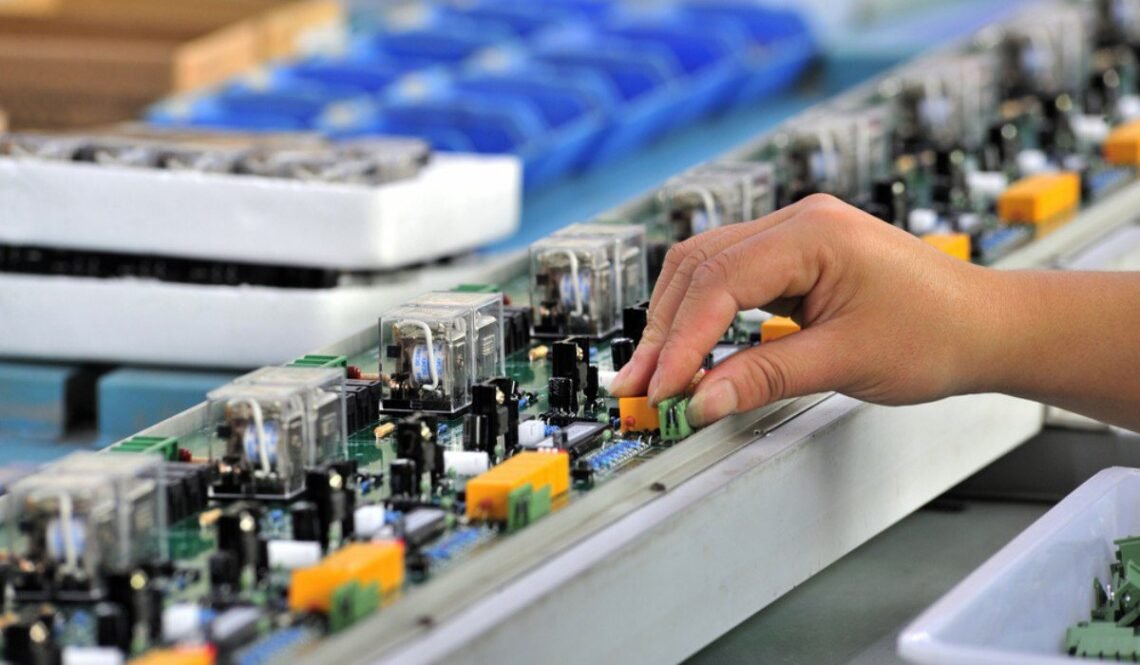When it comes to building or renovating a home, one of the most critical aspects that often goes unnoticed is the electrical wiring system. While it may seem like a network of cables hidden behind walls, the science behind home electrical wiring determines the safety, efficiency, and performance of your household appliances and lighting. Understanding the fundamentals can help homeowners make informed decisions, ensure compliance with safety standards, and avoid costly repairs in the future. Companies like Manikaran Enterprises have extensive expertise in delivering high-quality electrical solutions, ensuring your home’s wiring is reliable, durable, and tailored to your needs.
Understanding the Basics of Electrical Wiring
Electrical wiring is the network of conductors, insulation materials, and fittings that carry electricity from the main power supply to your home’s electrical devices. These conductors are typically made from copper or aluminum due to their excellent conductivity and durability. Insulation materials, such as PVC or cross-linked polyethylene, ensure the safe containment of electricity and prevent short circuits or electrical fires. Wiring is categorized based on its gauge (thickness), type (solid or stranded), and insulation properties. Each type is suitable for different applications, from powering lighting systems to heavy-load appliances like air conditioners and ovens.
Importance of Choosing the Right Wiring
Selecting the correct wiring for your home is not just about following building codes—it’s about ensuring safety, efficiency, and long-term performance. The wrong type of wiring can lead to overheating, energy loss, or even hazardous conditions like electric shocks. For instance, using the wrong gauge can cause wires to overheat under heavy loads, leading to insulation damage or fire risks. A Top Electrical Solution Company in Rajasthan can guide you in selecting wiring that meets both your household needs and local electrical regulations.
Key Factors to Consider in Home Electrical Wiring
When planning your wiring system, there are several factors to consider:
- Load Requirements: Determine the electrical load each circuit will carry to choose the right wire gauge.
- Type of Wiring: Choose between solid and stranded wires depending on flexibility needs.
- Insulation Material: Pick insulation that matches the environmental conditions of the installation area.
- Energy Efficiency: Opt for wiring that minimizes resistance to reduce energy loss.
- Future-Proofing: Consider adding extra capacity for potential future electrical needs, such as EV chargers or smart home systems.
The Role of Low Current Systems in Modern Homes
Today’s homes are more connected than ever, with integrated security, communication, and automation systems. These rely heavily on Low Current Systems, which operate on minimal voltage but require precise and reliable wiring. Examples include internet cabling, CCTV connections, home automation controls, and intercom systems. Low current wiring must be installed alongside high-voltage systems with proper separation to avoid interference and ensure both safety and performance.
Common Wiring Materials and Their Applications
- Copper Wiring: The most common choice due to its high conductivity, durability, and resistance to corrosion. Ideal for most residential applications.
- Aluminum Wiring: Lightweight and cost-effective but requires careful installation to prevent expansion and contraction issues.
- Tinned Copper Wiring: Copper coated with tin for enhanced corrosion resistance, often used in coastal areas.
- Shielded Cables: Used for low current applications to prevent electromagnetic interference.
Wiring Layout and Safety Considerations
A proper wiring layout not only ensures power distribution but also enhances safety and maintenance ease. Wiring should be organized, color-coded, and installed in conduits to protect against physical damage. Grounding is essential to direct excess electrical energy safely into the earth, preventing shocks and damage to appliances. Circuit breakers and residual current devices (RCDs) add another layer of safety by automatically cutting power during faults.
Signs Your Home Wiring May Need an Upgrade
Even the best wiring will eventually require attention. Look out for warning signs such as flickering lights, frequent circuit breaker trips, burning smells from outlets, or outdated wiring types (like knob-and-tube or aluminum wiring in older homes). Upgrading your wiring can improve safety, handle modern appliance loads, and increase energy efficiency.
Professional Installation and Maintenance
Electrical wiring should never be a DIY project unless you are a licensed electrician. Improper installation can lead to serious hazards. Partnering with an experienced provider like Manikaran Enterprises ensures your home’s wiring meets safety codes, is energy-efficient, and is installed with precision. Regular inspections can also help detect potential issues before they become major problems, extending the lifespan of your wiring system.
Conclusion
Understanding the science behind home electrical wiring is essential for every homeowner who values safety, efficiency, and reliability. From selecting the right materials to integrating modern Low Current Systems, each decision shapes how well your home functions and how long it remains safe from electrical hazards. Consulting experts from a Top Electrical Solution Company in Rajasthan ensures you get tailored solutions that meet current and future demands. With the right wiring in place, your home will be ready to power your life safely and efficiently for years to come.





